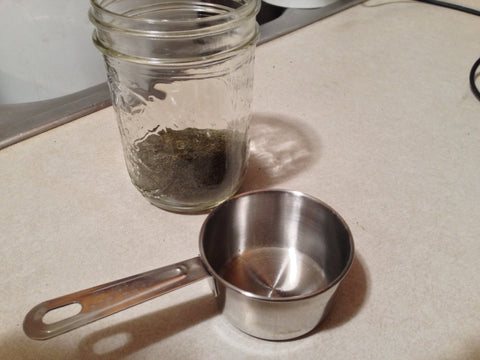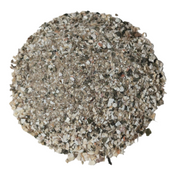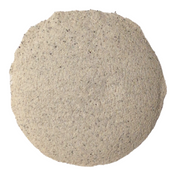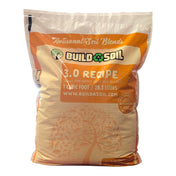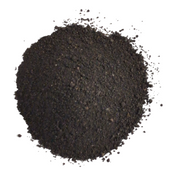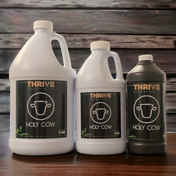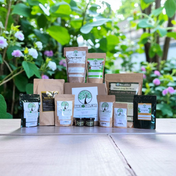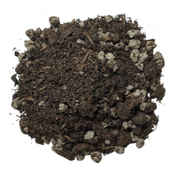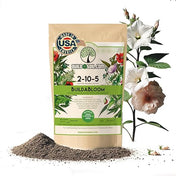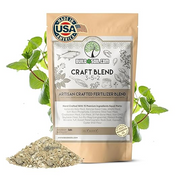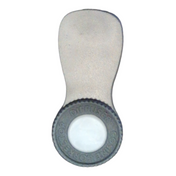If you could only use 1 of our DIY plant tea's. This would be it.
Not only is this quick and easy to prepare ahead of time, it's practically instant once you've pre-made the Hydrated Kelp meal.
I could go on and on about how kelp meal is a must have for your garden but I think you already know that. Just in case, I'll hit a few key points.
Kelp contains: NPK along with over 60 micronutrients. Plus Alginic acid, Mannitol, Cytokinins, Indoles, Hormones, Auxins and Gibberellins.
There are MANY "liquid" seaweed nutrient bottles and they aren't nearly as good as this easy DIY solution.
Here are the instructions Per Coot:
Take 1/4 cup of kelp meal and cover that with about 1/2 cup of water and let it completely re-hydrate. Once that is done then pour off any excess water and use that for a kelp meal tea.
Take the hydrated kelp meal and puree it as much as possible to make a kelp meal paste. You'll want to do this in small batches and store in the refrigerator in the coldest place which is usually in a corner.
When you need to apply a kelp meal tea than add about 2 tsp. to 1 gallon of water, shake until it's completely dispersed and this is a safe concentration for spraying the leaves and you would probably want to double that amount to apply to the soil.
That's it!
Coot
Here are some images of me starting with dried Kelp Meal and a Jar with 1/2 cup measuring device.
(Double The Above Recipe)

Here you should notice how small the 1/2 Cup of kelp meal looks in the jar.
Now With 1 Cup of Water Added
Now I stir it up :)
Then Let Sit for about 30 Minutes maybe an hour on the counter. The Kelp Meal will fully re-hydrate and be a solid clump in the jar.
Dump any excess water and fluff it up so you can dump it into the blender.
Now puree this stuff!
Now jar this up and put it in the back coldest corner of your fridge
Now onto the fun part, Using it! Here I'll demonstrate mixing up 1 gallons worth of "Instant Kelp Meal Tea"
Take 1 Gallon of Water and add 1 Tablespoon of Hydrated Kelp Meal for direct soil applications.
(Use two teaspoons and strain for foliar spraying)
Stir like Crazy and then apply. That's it!
The main 2 compounds in kelp that have received the most study and research as far as plants are concerned is Alginic acid and Mannitol and as you can see not all marine algae contain this.
That doesn't imply that they wouldn't be beneficial - they can. In different ways. Look at that different levels of Potassium for example. Even Mannitol levels show a wide diversity.
A couple of books you might find helpful...........
Seaweed & Plant Growth - Dr. T.L. Senn
Dr. Senn spent over 55 years researching kelp meal and extracts in horticulture and agriculture. This book is self-published and the layout and overall design absolutely sucks. But if you can get past the layout the information is deep and wide. A lot of his research is available at various web sites. You might want to start looking at Clemson University in South Carolina which is where Dr. Senn was based and worked.
Seaweed in Agriculture and Horticulture - W. A. Stephenson
Bill Stephenson is the founder of Maxicrop in Great Britain. This book was written in 1968 and is available new or used. In this book, Stephenson looks at the initial modern research into these algae beginning at the end of WWI at Oxford University. Here's a chapter from the book if you're interested.
CC

